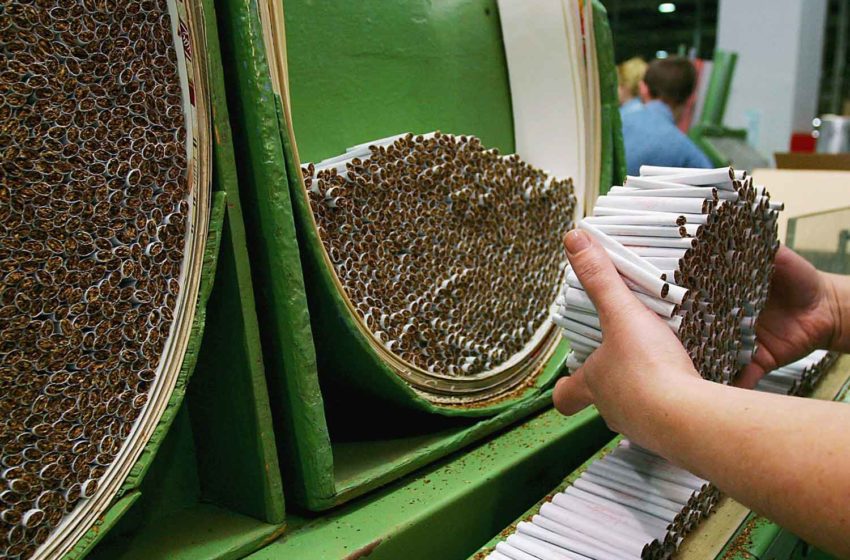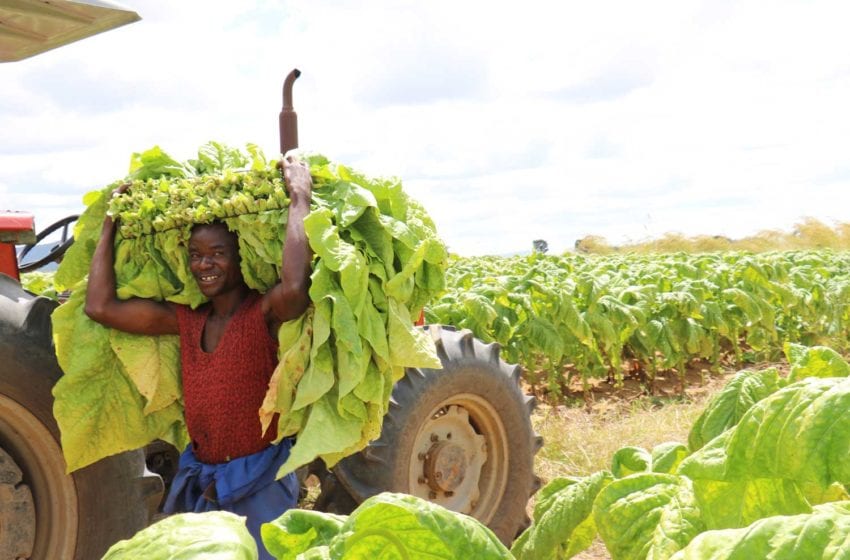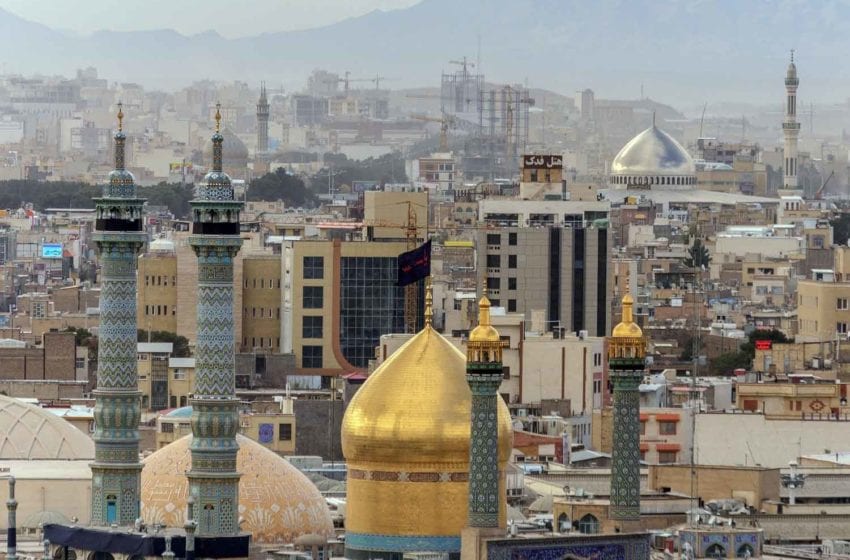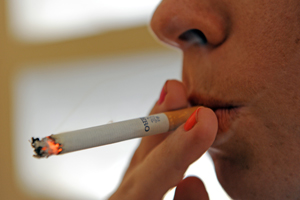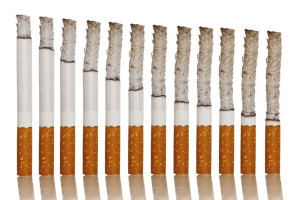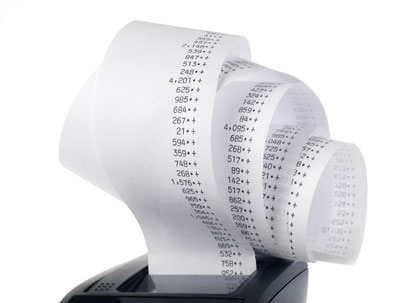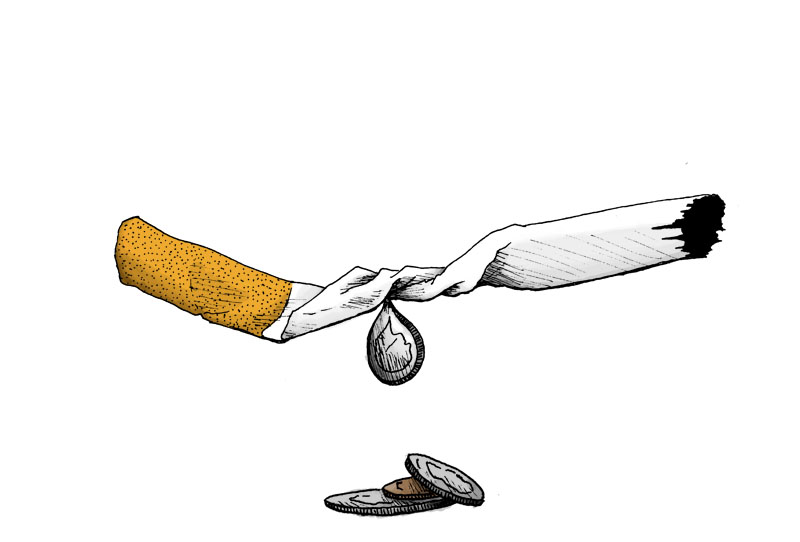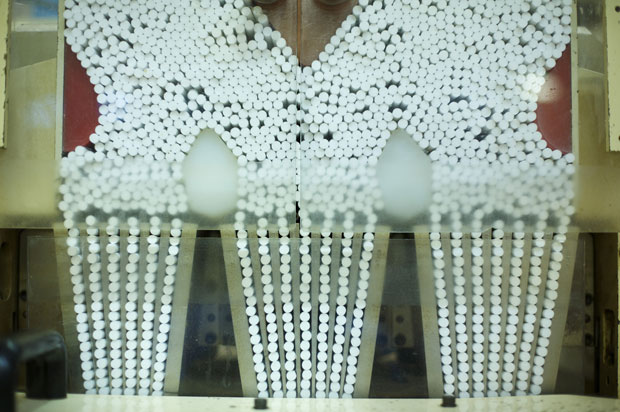Iran’s large illicit tobacco market has gotten even larger in the wake of U.S. sanctions.Read More
Tags :Iran
The company wants to reduce the costs associated with working through middlemen. Read More
The country's cigarette sales abroad nearly quadrupled in the first half of 2021. Read More
But Iranian Tobacco Co. generates more employment, says Chief Executive Officer.Read More
The announcement starts a plan that will eventually include 63 cities in Iran. Read More
With a seemingly huge increase in tobacco use in Iran, it is unsurprising that control policies are being put forward. These, however, should be tailored to the country's circumstances.Read More
Tobacco-product tax increases in Iran have performed well in cutting observable cigarette sales, but these have been replaced in part at least by smuggled products.Read More
A budget proposal that would have increased significantly the duties imposed on cigarettes sold in Iran is being looked at again.Read More
The number of cigarettes smuggled into Iran fell sharply during the first 10 months of the current financial year, but local cigarette prices are set to rise by 50 percent.Read More
Iran has ambitions to become self sufficient in tobacco-leaf production and cigarette manufacturing. The latter is proving easier to achieve than is the former.Read More
